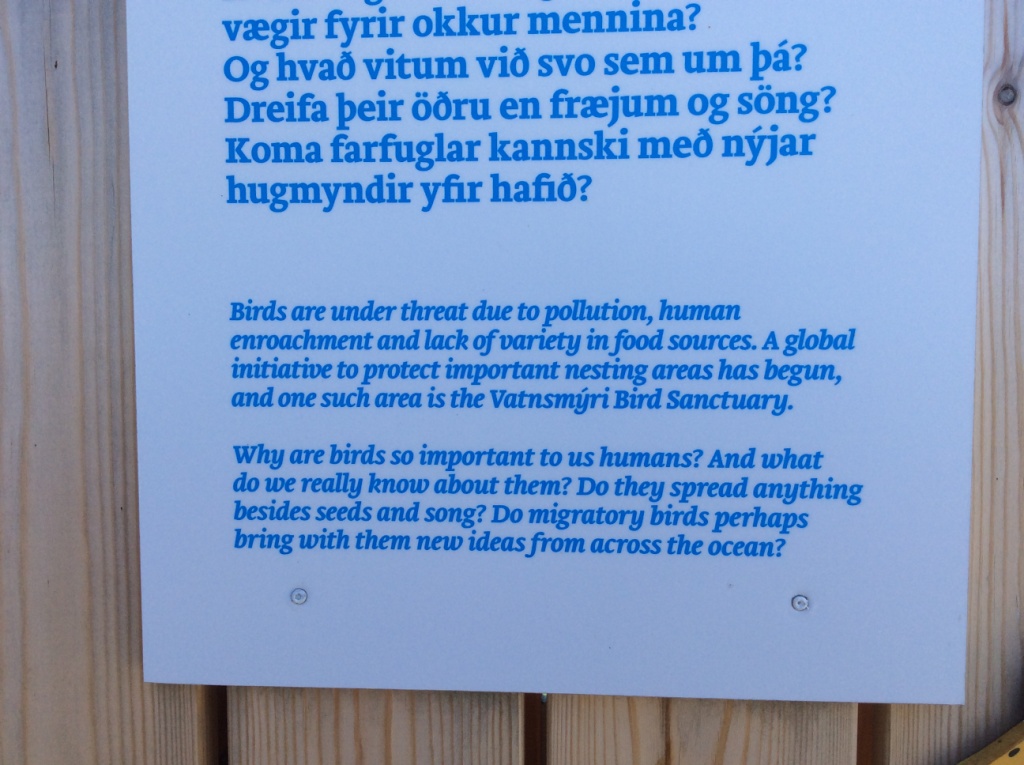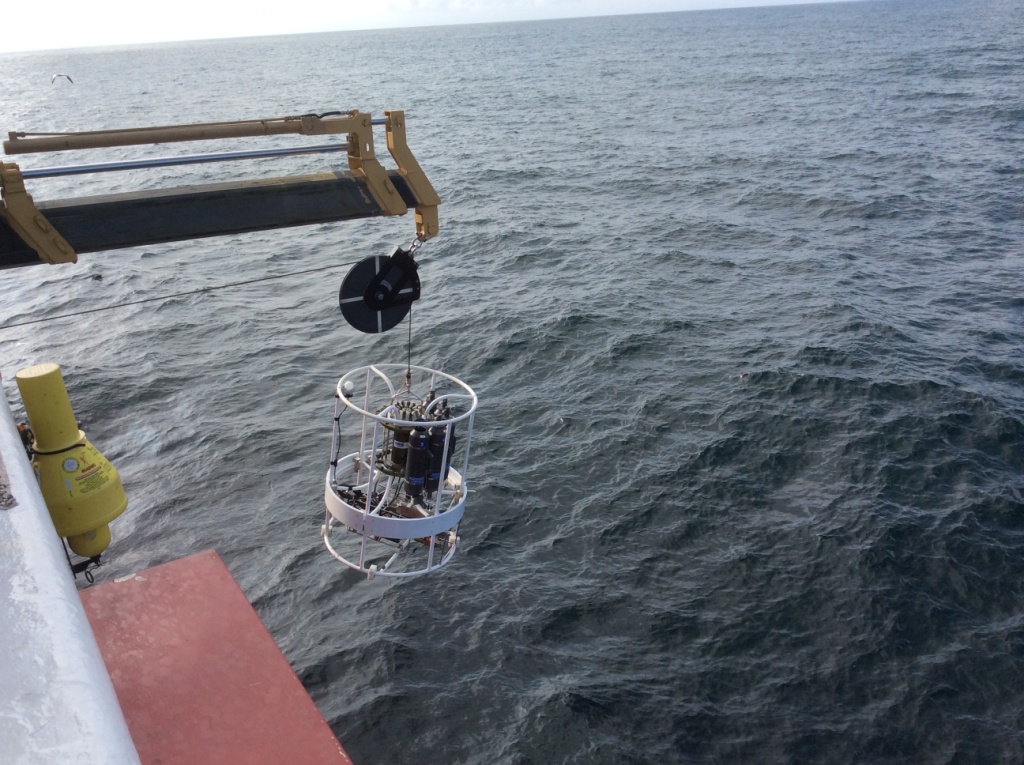

I’ve been “on the road” so to speak for the past 3 weeks: Marg and I spent 6 days in Iceland and then I travelled to Halifax and spent the rest out in the Atlantic well offshore between Cape Breton Island and Sable Island. First Iceland:
I’m not sure what it is about these far flung places in cold climes that I like to visit in the Summer. It can’t be to escape the heat – temperatures there were matching those in southern Ontario for part of the time. No, I think it’s the stark beauty of these places….although I must say I was surprised by the large trees and thick scrub I found in some places, especially around the capital Reykjavik (where we spent most of our time).



The country is very aware of its unique environment and ecology and is working hard to preserve it. The city and countryside is clean and virtually free of litter – every morning mechanical street cleaners travel the downtown area to sweep up any trash left from the night before.
But its the country’s ethos around conservation as an integral part of its development that impressed me the most. A fine example of this was the reclamation of a wetland in the downtown core that had been decimated by development. Called the Vatnsmyri Bird Sanctuary, it has been brought back from ruin to once again provide nesting habitat and migratory stopover areas for birds. In the signage (seen above) I was surprised to see that birds seemed to be the measuring stick used to assess environmental health.

Due to its far northern location and long distance from Europe it’s understandable that passerine variety is low. I think it’s these reasons that leave me in awe when I consider the feat of these little birds in just making the flight to and from the island. The open North Atlantic can be harsh and unforgiving. A misjudgement in timing can mean the difference between life and death for these small birds. But, somehow, they make it and seem to be thriving. My hands-down favourite of course would be the Northern Wheatear. This bluebird-sized passerine spends the Winter in Sub-Saharan Africa!



Another very common breeder is the Arctic Tern, which spends its Winters in the far southern oceans, racking up one-way flights of over 10,000 kilometers. Amazing!

Reykjavik is a destination well worth visiting and spending time in. One of the most pleasant aspects of the city is its use of geothermal energy for heating and electricity and….heated pools. The city is dotted with municipal swimming pools that feature warm water and hot tubs of varying degrees (38 up to 42 – something for all tolerances….) as well as steam baths. And all for the modest price of six bucks!
But the island is spectacular – dotted with lakes and glaciers and waterfalls and hot springs/geysers. We had only one day outside the city – enough to whet the appetite for more.




And now into the North Atlantic:

The Department of Fisheries and Ocean has a very active program of assessing and monitoring the health of Canada’s oceans. This involves surveys of biological, hydrographic and oceanographic parameters, both close to shore and far out to sea. You can’t make informed decisions without information. And one of those “parameters” is our bird populations. Placing seabird observers on these research vessels provides the opportunity not only to generate baseline population numbers but also to record movement dynamics.

This trip took me parallel to the coast of Nova Scotia, but about 30 miles offshore, up to the end of Cape Breton Island and then out into the middle of Cabot Strait (between Cape Breton and Newfoundland) returning via the proximity of Sable Island. At intervals, set to cover a variety of ocean features, we shot trawls to sample fish populations and lowered sensing devices to assess such things as salinity, temperature, density, amount of plankton, etc.



Birding-wise I was struck by the lack of alcids – puffins, murres, guillemots – in the offshore waters. But it made sense: the young had not yet fledged and, so, the adults were tied to the inshore waters. The open ocean was the haven of Storm-petrels (Leach’s and Wilson’s) and Shearwaters (Great, Sooty, Manx, and Cory’s). This marked the first time I had ever seen Cory’s Shearwaters….and I saw a lot of them (up to 26 on some days). These magnificent fliers, that are just slightly larger than Great Shearwaters, breed in the Mediterranean and on some of the islands off the western coast of Africa and spend their winters in the southern Atlantic. The birds I was seeing were likely immatures or non-breeders. Interestingly, they are associated with warmer waters. The areas that I was seeing them in were just that with surface temperatures ranging up to 23 degrees! It was thought that these might indicate eddies extending north off the Gulf Stream.
It’s always interesting to see passerines offshore and try to figure out just what they are doing there. Thirty-five nautical miles east from Cape Breton I watched 2 Yellow Warblers fly around the ship, alight, and then fly around again. This went on for about an hour before they made up their mind and headed, roughly, for land. This is a dangerous place for them to be in the daytime as they are quite visible (and attractive to) hungry jaegers and gulls. And just outside of Halifax harbour I was greatly surprised to watch a hummingbird overtake the ship from out over the sea and fly toward the southern shore of the harbour. Now where was that bird coming from!?


Rick
